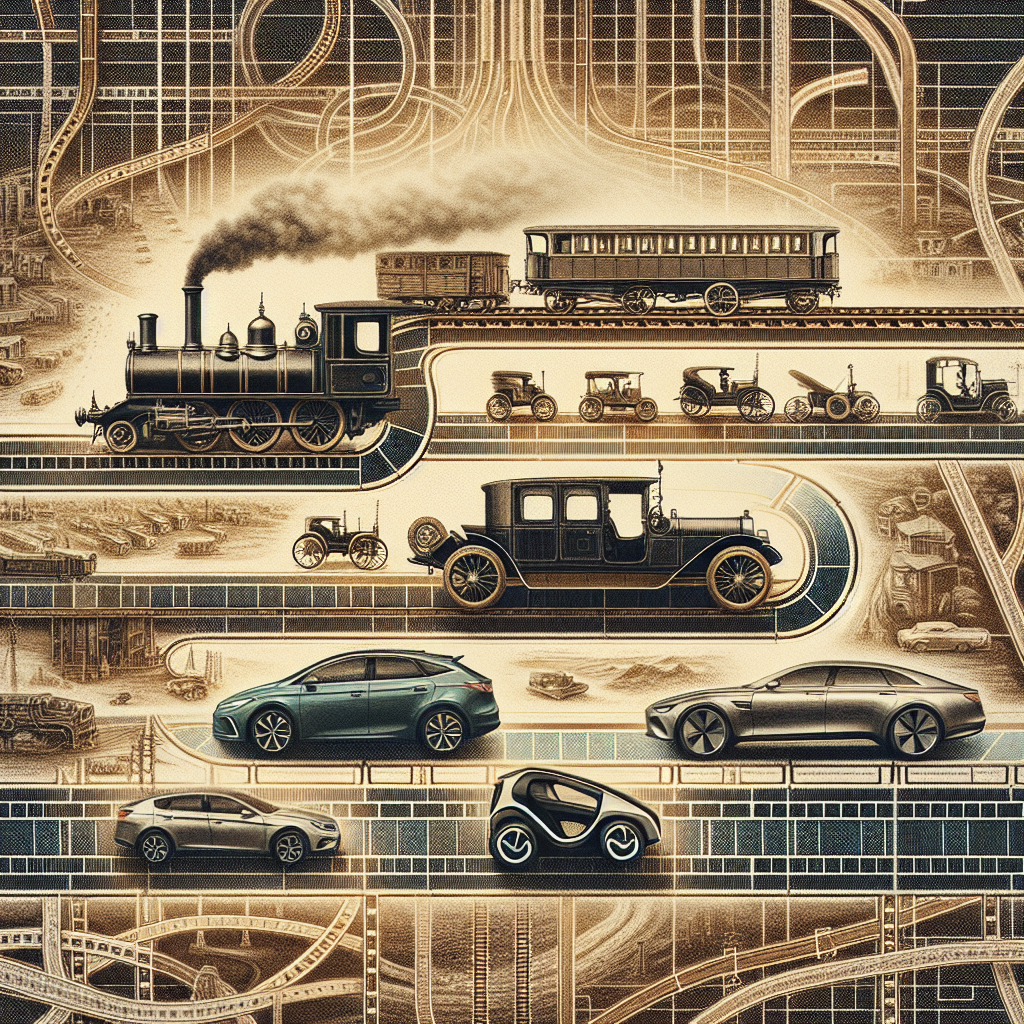The Evolution of AI Automation in Transportation
Artificial intelligence (AI) and automation technologies have transformed many industries, and transportation is no exception. From self-driving cars to intelligent traffic management systems, AI is revolutionizing the way we move people and goods from one place to another. In this article, we will explore the evolution of AI automation in transportation and its impact on the industry.
Early Beginnings
The use of AI in transportation can be traced back to the early 20th century when traffic lights were introduced to regulate the flow of vehicles on the roads. These early automation systems were simple and relied on basic algorithms to control traffic patterns. However, as technology advanced, so did the capabilities of AI in transportation.
In the 1980s, researchers began exploring the use of AI in vehicle navigation systems. These early systems used basic AI algorithms to help drivers find the fastest route to their destination. Over time, these systems evolved into sophisticated GPS navigation systems that are now commonplace in many vehicles.
The Rise of Self-Driving Vehicles
One of the most significant advancements in AI automation in transportation is the development of self-driving vehicles. Companies like Google, Tesla, and Uber have invested heavily in developing autonomous driving technology that can navigate roads without human intervention. These self-driving vehicles rely on a combination of sensors, cameras, and AI algorithms to interpret their surroundings and make decisions in real-time.
Self-driving vehicles have the potential to revolutionize transportation by reducing accidents, improving traffic flow, and increasing efficiency. However, there are still many challenges to overcome, such as regulatory hurdles, safety concerns, and public acceptance.
Intelligent Traffic Management Systems
Another area where AI automation is making a significant impact is in traffic management systems. These systems use AI algorithms to analyze traffic patterns, predict congestion, and optimize traffic flow. By using real-time data from sensors and cameras, these systems can adjust traffic signals, reroute vehicles, and provide valuable information to drivers to help them avoid traffic jams.
Intelligent traffic management systems are already being used in cities around the world to improve traffic flow and reduce congestion. By leveraging AI automation, these systems can help reduce travel times, lower emissions, and make roads safer for everyone.
The Future of AI Automation in Transportation
As AI technology continues to advance, we can expect to see even more innovations in transportation. From flying taxis to hyperloop trains, the possibilities are endless. AI automation has the potential to transform the way we travel and make transportation more efficient, sustainable, and safe.
One of the most exciting developments in AI automation is the concept of connected and autonomous vehicles (CAVs). These vehicles can communicate with each other and with infrastructure to coordinate their movements and optimize traffic flow. By working together, CAVs can reduce accidents, improve fuel efficiency, and make transportation more efficient overall.
FAQs
Q: Are self-driving vehicles safe?
A: While self-driving vehicles have the potential to be safer than human drivers, there are still challenges to overcome. Accidents involving self-driving vehicles have occurred, and regulatory agencies are still working to establish safety standards for these vehicles.
Q: Will AI automation in transportation lead to job loss?
A: While AI automation has the potential to disrupt certain jobs in the transportation industry, it also has the potential to create new opportunities. For example, the development of self-driving vehicles may lead to the creation of new jobs in software development, data analysis, and maintenance.
Q: How will AI automation impact public transportation?
A: AI automation has the potential to improve public transportation by making it more efficient, reliable, and accessible. Intelligent traffic management systems can help reduce congestion and improve the overall passenger experience.
In conclusion, the evolution of AI automation in transportation is transforming the way we move people and goods. From self-driving vehicles to intelligent traffic management systems, AI technology is revolutionizing the industry and paving the way for a more efficient, sustainable, and safe transportation system. As technology continues to advance, we can expect even more innovations that will shape the future of transportation.

